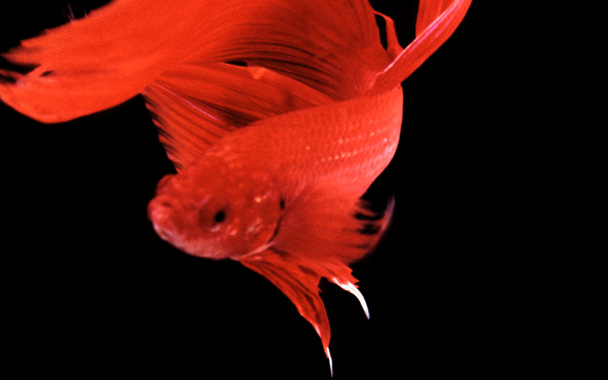You’ve heard about the canary in the coal mine, but Siamese fighting fish in a peanut butter jar?
The Food and Drug Administration (FDA) came under intense criticism this week for its slowness in identifying contaminated peanut butter as the source of a Salmonella outbreak that sickened at least 400 people in 42 states. Salmonella-tainted peanut butter also made more than 600 consumers sick a little less than two years ago.
A better method of detecting harmful bacteria in food may have been found, and its source is as close as the nearest pet store. Last fall, Oregon State University microbiologists reported in the journal Microbial Biotechnology that pigment-bearing cells in Siamese fighting fish respond immediately and visibly when exposed to active toxins such as Salmonella and to Clostridium botulinum, which causes botulism. Further studies are needed to determine whether they respond similarly to worrisome food-borne contaminants like E. coli and Listeria.
Janine Trempy, the lead researcher, said in a press release that the fish cells were far more dependable than currently available DNA- and antibody-based testing. And results are available within minutes. More work needs to be done to mass-produce the cells for commercial use (putting fighting fish in peanut butter won’t work), but Trempy envisions a day when simple, cheap testing kits will be available to food processors, distributors, and even consumers.




 Pinterest
Pinterest


